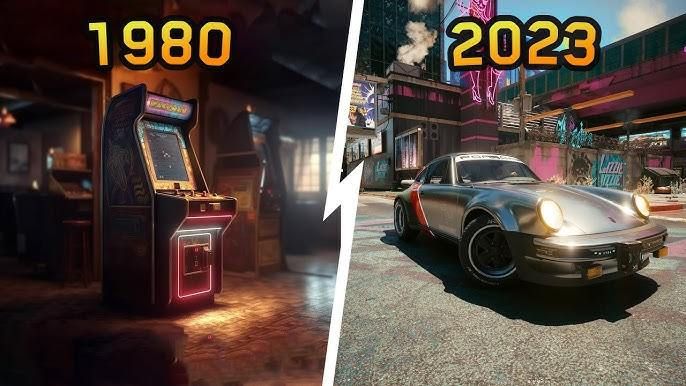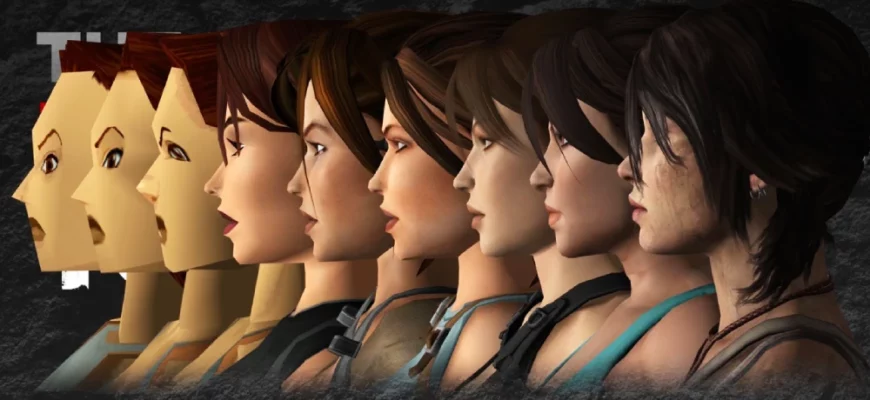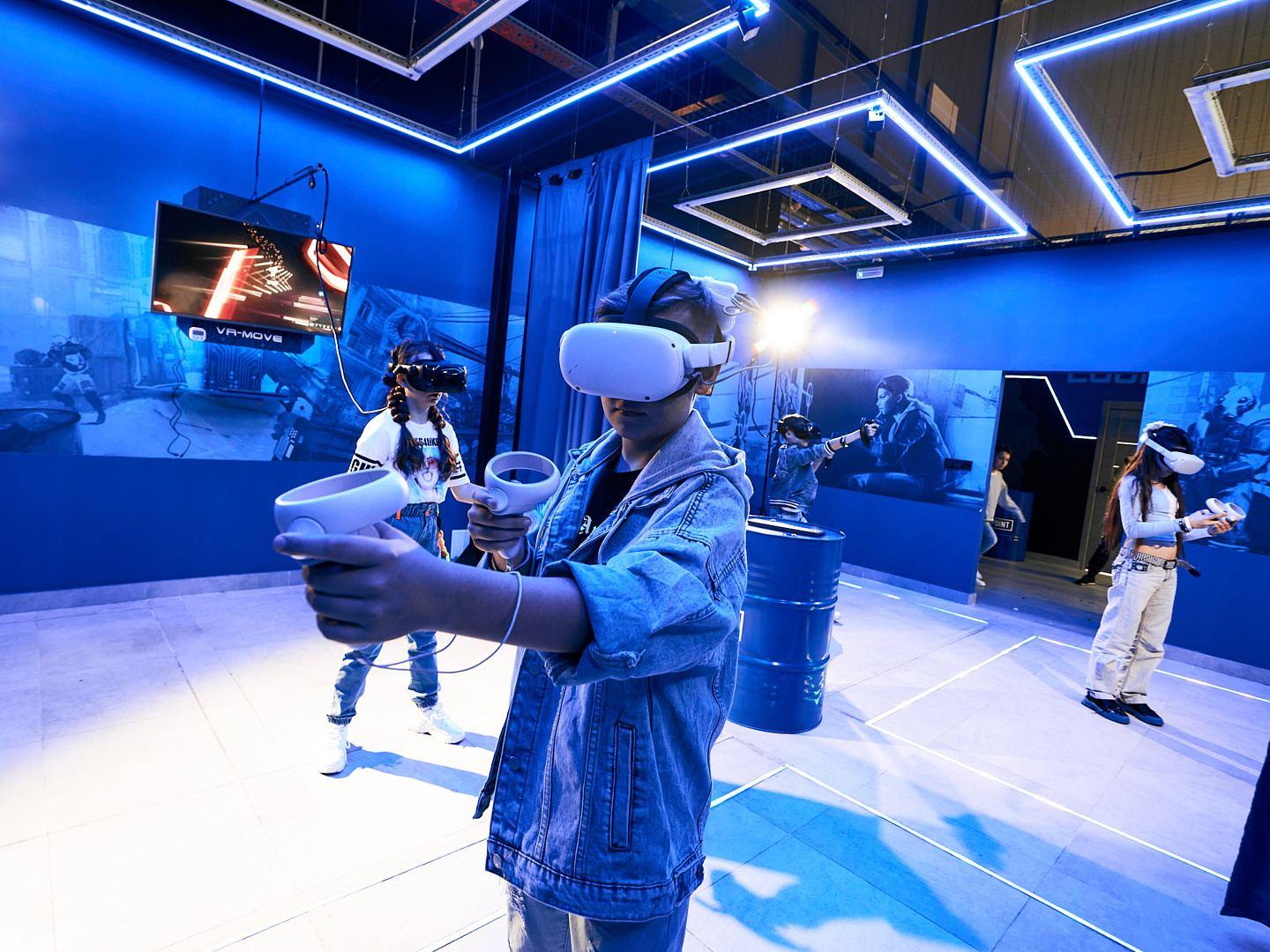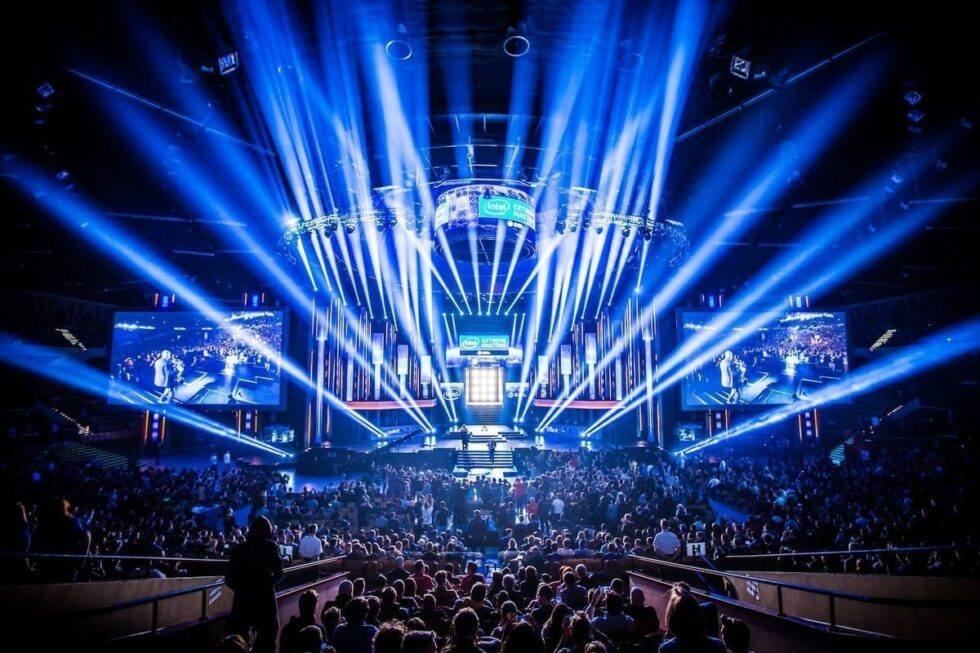The evolution of graphics in games

Hello everyone, dear participants in the game community! Today we want to touch on the topic that excites many - the evolution of graphics in games. When we look back, it seems amazing how far the developers have gone in the creation of visual worlds that can plunge the player into a completely different reality.
Below we give several main areas of discussion
- Comparison of graphics of past and modern games: Many of us remember how several decades ago the games were pixel images, where every detail was a conditional abstraction. Nevertheless, among the arcades and the first role -playing games, the embryos of innovations were hidden, which over time to create recognizable and atmospheric worlds. Since then, much has changed. Modern projects demonstrate the highest degree of detail, dynamic lighting, thoughtful textures and realistic physics. Developers actively explore and use the possibilities of visual effects, creating images that can arouse the most powerful emotions in us.
- How do technologies change the visual component of games? The latest technologies, such as improved rendering algorithms, advanced physics modeling and natural light simulation, radically transformed the idea of how game worlds may look. Of great importance were artificial intelligence and processing large volumes of data, which made it possible to optimize the processes of creating graphics and make them more dynamic. As a result, the developers became artisans who could realize even the most daring ideas, and players became participants in an amazing visual performance. In addition, modern graphic engines give the opportunity to create realistic worlds with a detailed study of textures, which previously seemed impossible.
In recent years, we have been observing the continuous fusion of technologies, where each new iteration of software solutions and hardware stimulates the creative potential of games development teams. Recall, for example, the first attempts to create three -dimensional worlds, when each object was presented with several polygons, and compare them with today's models consisting of millions of landfills, which allows you to achieve maximum realism. Progress in the field of visualization is also accompanied by the development of other aspects: from detailed drawing of small details to integrated artificial intelligence systems that can create unique scenarios based on the views of each individual player.
It is important to note that despite technological progress, nostalgia for classic games remains strong. Many veterans of the game world warmly recall the early graphics for its indisputable style and simplicity, which allows fantasize and interpret the details on their own. While modern games often offer visual effects ready to use, the classic teaches us to see the story and soul of the product behind each pixel.

Thus, the conversation about graphic development in games is not limited to code secrets or technical characteristics. This is a story about how our perception of virtual worlds is changing, how technologies become guides in the vast expanses of imagination and how every new game turns into a work of digital art. We will be happy to continue to discuss these topics, share impressions and analyze what the next step will be in this exciting evolution.

